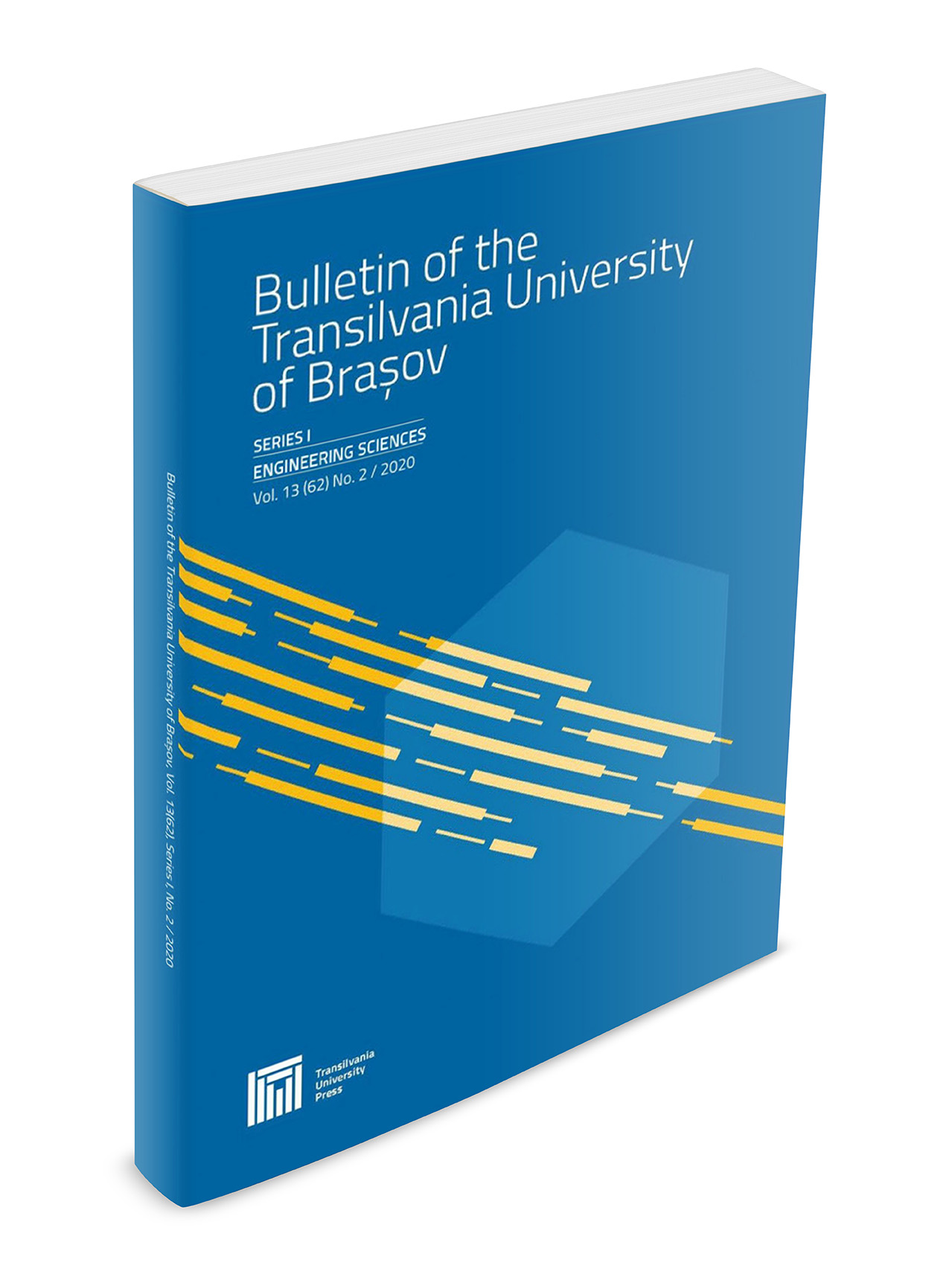Conditions regarding the use of elastomeric bearings in base isolation
Keywords:
structural safety, elastomer characteristics, experimental tests, seismic actionAbstract
In recent years, base isolation has become one of the most used methods for the seismic protection of buildings and bridges. Base isolation systems are used in new structures as well as to secure old buildings. Base isolation consists of installing a system of mechanisms with the purpose of "bearings" which provides the separation of the structure from the infrastructure so that the seismic forces transmitted to the superstructure are reduced. There are many types of supports, such as: supports with balls, rollers placed in two directions, springs, elastomers, etc. The Elastomeric bearings reinforced with metal plates are among the most common. Elastomeric bearings are characterized by high vertical stiffness and low horizontal stiffness which increase the fundamental period of the seismic isolated system. The use of elastomeric bearings requires a good knowledge of their characteristics in order to increase operational safety. This paper presents the research on some elastomeric bearings with different characteristics carried out in the laboratories of the Faculty of Civil Engineering and Building Services from “Gheorghe Asachi” Technical University of Iasi.Downloads
Published
2015-02-03
Issue
Section
CIVIL ENGINEERING




